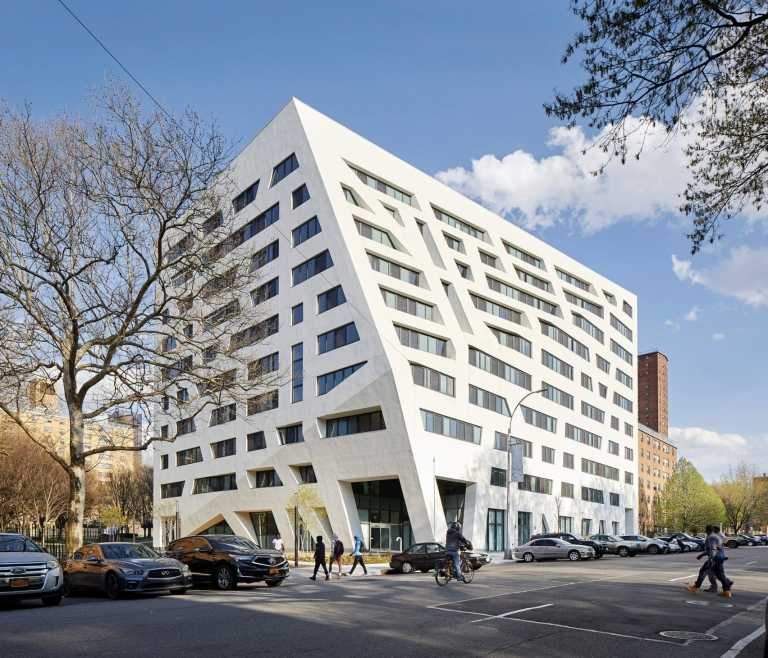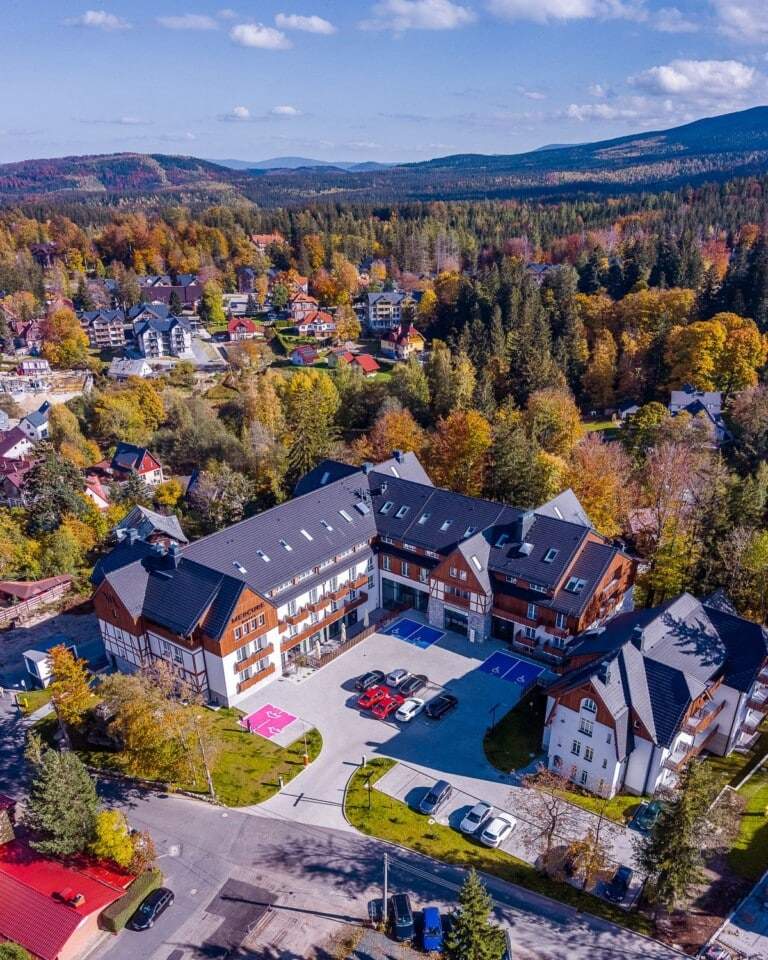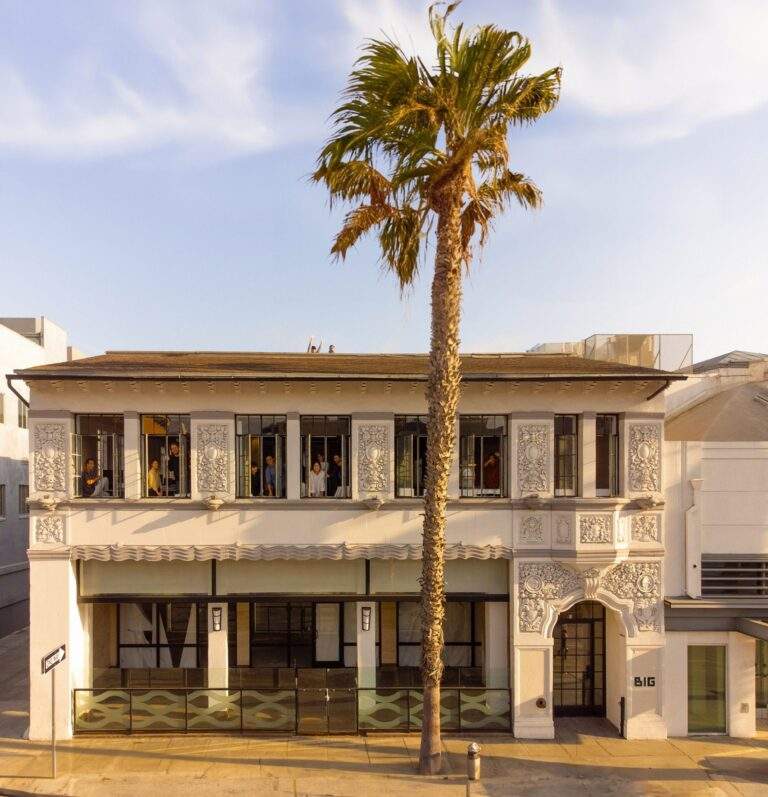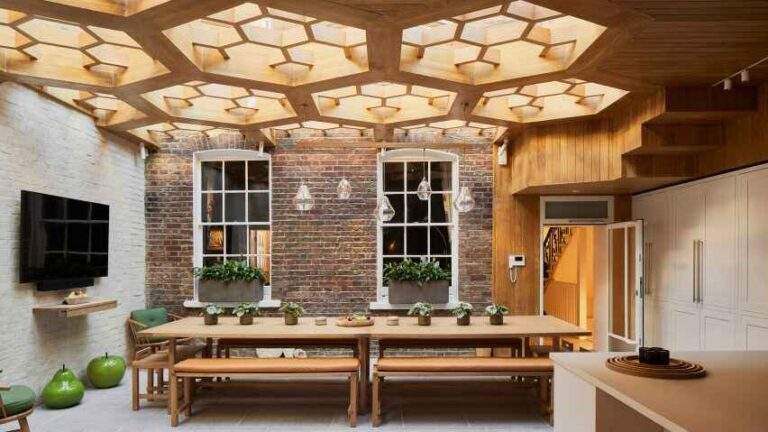The Interplay of Crowd Psychology and Architectural Spaces
Influence of Architecture on Crowd Behavior
Architecture, more than just the art of designing buildings, significantly influences how people behave and interact in a space. The principles of crowd psychology, as detailed in the seminal book “The Crowd: A Study of the Popular Mind” by Gustave Le Bon, can be applied to understand this influence. Buildings and public spaces are not just passive settings; they actively shape the behavior, mood, and interactions of the people within them.
Designing for Collective Experience
Architects incorporate elements that cater to or manipulate the collective behavior of crowds. This includes creating spaces that encourage or discourage certain behaviors, like congregation, movement, or dispersal. For instance, the layout of a plaza may be designed to facilitate public gatherings for demonstrations or celebrations, while a different arrangement might be used to streamline pedestrian flow in a busy train station.
Emotional and Psychological Impact
The design of architectural spaces can elicit a range of emotional responses, from awe in a grand cathedral to anxiety in an overcrowded and poorly lit subway station. The emotional impact of these spaces on individuals within a crowd can lead to collective moods or behaviors, such as calmness, agitation, or excitement.
Historical Perspective
Historically, architectural spaces have been used to influence crowd behavior in various ways. For example, medieval cathedrals were designed to create a sense of awe and spiritual transcendence among the masses, leveraging both architectural grandeur and the psychological impact of space. In modern times, the design of places like shopping malls or sports arenas focuses on optimizing the collective experience, from maximizing visibility to enhancing the overall sensory experience.
The Role of Modern Architecture
In modern architecture, these principles are applied more strategically. Contemporary architects use advanced technology and psychological insights to design buildings and urban spaces that not only meet functional needs but also influence the behavior and psychological well-being of people. The emphasis is on creating environments that positively impact crowd dynamics, ensuring safety, comfort, and an enriching experience.
The Role of Architecture in Shaping Crowd Psychology
Architectural Spaces as Catalysts for Crowd Dynamics
The field of crowd psychology, notably explored in Gustave Le Bon’s “The Crowd: A Study of the Popular Mind,” underscores the impact of environment on group behavior. However, what often goes unremarked is the indispensable role of architecture in this equation. It is within architectural spaces – be it squares, stadiums, temples, or public buildings – that crowds gather and collective behaviors emerge.
Architects: The Unseen Shapers of Crowd Behavior
Architects, through their designs, have historically played a subtle yet powerful role in influencing crowd psychology. By understanding the flow and movement of crowds, architects can create spaces that not only accommodate large groups but also influence their behavior in subtle ways. This understanding is critical, not just for the functionality of a space, but for ensuring safety, comfort, and even the emotional well-being of people.
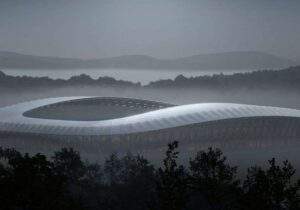
From Medieval Opera Houses to Modern Stadiums
In the medieval era, architects were instrumental in designing opera houses, which became the birthplaces of musical gatherings and performances. These architectural marvels were more than mere buildings; they were hubs of cultural and social interaction, influencing the behavior and experiences of the audiences. Fast forward to the 20th century, architects have been pivotal in designing theatres and concert halls, considering acoustics, visibility, and crowd management, thus shaping the collective experience of the audience.
Architecture’s Understated Influence in Crowd Psychology Theories
While theories of crowd psychology delve into the behavioral aspects of groups, they often overlook the physical context in which these behaviors occur – the architectural spaces. These spaces are not passive settings; they are dynamic environments that interact with and influence the psychology of crowds. This aspect is crucial for architects who are tasked with designing spaces that are not only aesthetically pleasing but also psychologically conducive to their intended purposes.
Conclusion
The intersection of architecture and crowd psychology reveals a profound truth: architecture is not just about creating physical structures but also about understanding and shaping human behavior. As architects design spaces, they are, in essence, also designing the experiences and behaviors of the crowds that will inhabit them. This synergy between architecture and crowd psychology is vital for creating spaces that are harmonious, functional, and safe for public use.


